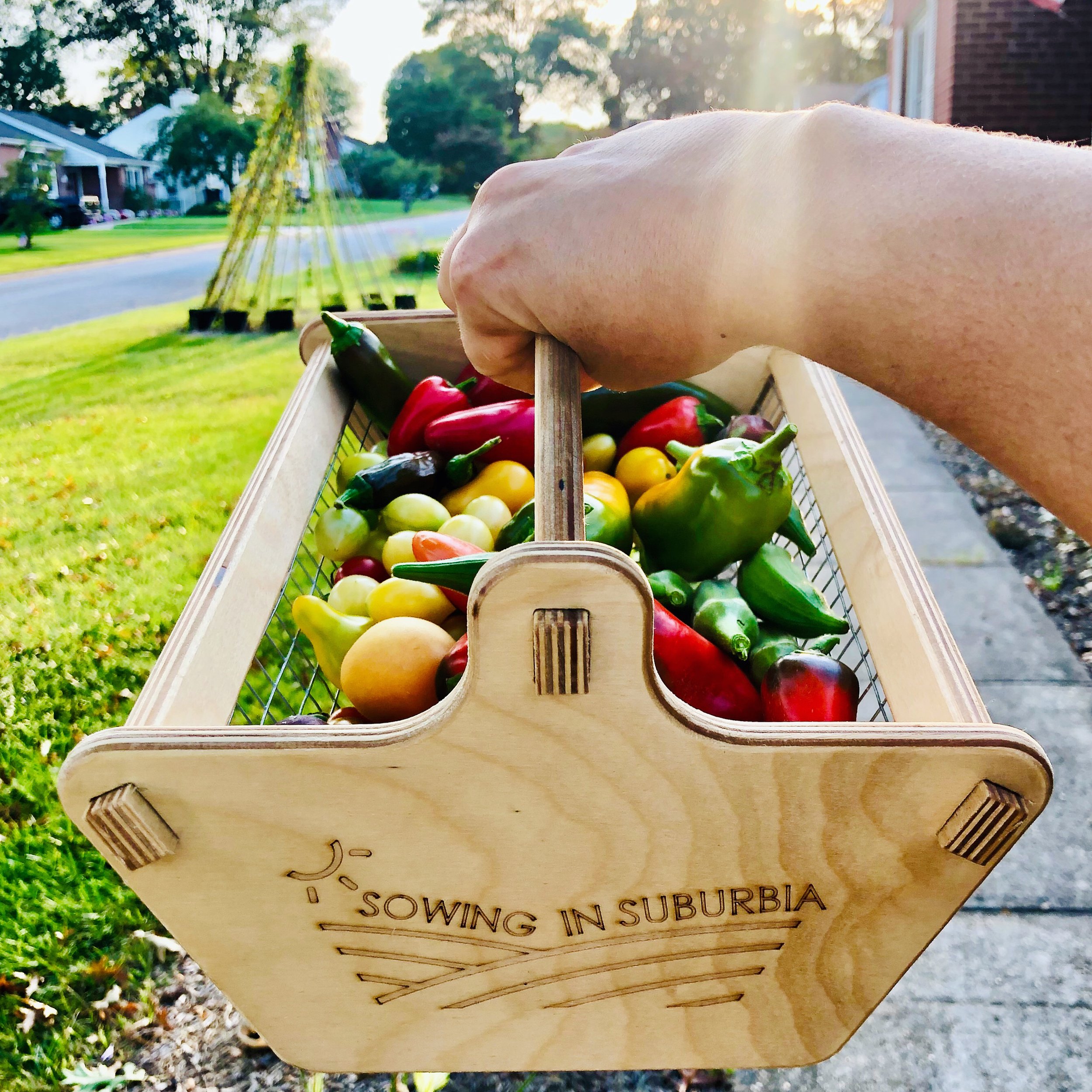How to Harvest and Store Fresh Herbs: A Complete Guide
There's nothing quite like harvesting fresh herbs from your own garden. Whether you're cutting basil for pesto or a sprig or two of rosemary to flavor your roasted vegetables, fresh herbs elevate meals with their unique flavors and aromas. The intoxicating smell of fresh herbs while harvesting is an experience in itself! Keep reading to learn how to make the most of your herb garden with these essential harvesting and storage tips.
Herb Harvesting Tips
1. Harvest frequently to encourage new growth.
One of the keys to a thriving herb garden is frequent harvesting. Regularly trimming your herbs encourages them to grow bushier and healthier, rather than becoming tall and leggy. This means more fresh herbs for you throughout the growing season!
2. Don’t harvest more than half of the plant.
While it's tempting to grab a big bunch of herbs at once, it's important not to overdo it. Only harvest about a half of the plant at any given time to ensure it continues growing. This balance allows the plant to recover and keeps your garden productive over the long term.
3. Avoid flowering to keep annual herbs growing.
For tender annual herbs like basil, parsley, and cilantro, the best approach is to pinch or cut back the top sets of leaves. This encourages new growth and prevents the plants from flowering too early. Basil, in particular, benefits from pinching off the flowering tips to keep it producing those fragrant leaves.
4. Avoid the woody stems of perennial herbs.
Woody perennials like thyme, rosemary, and oregano require a slightly different approach. Harvest these herbs by trimming just above a pair of leaves while avoiding cutting into the older, woody parts of the plant as they take longer to regrow. Prune them regularly to keep their shape and to encourage tender new growth, which is the tastiest part of the plant.
Herb Storage Tips
Once you've harvested your herbs, it's important to store them properly to make the most of their flavor and freshness. Here are some simple ways to store and preserve your herbs for both short-term and long-term use.
Short-term
For short-term storage, treat your herbs like fresh flowers. Trim the stems and place them in a glass of water, covering the leaves with a plastic bag, and store them in the fridge. This method works well for herbs like parsley, cilantro, and mint, keeping them fresh for up to a week.
Long-term
For longer-term storage, drying is a great option. Rinse your herbs gently, pat them dry, and either lay them flat on a table or hang them up to air dry. If you need to speed up the process, an oven set to low or a dehydrator works well too. Once dried, store your herbs in airtight containers in a cool, dark place.
You can also freeze herbs by blending them into herb-infused sauces or butters. This locks in their fresh flavor and gives you ready-to-use portions for cooking throughout the year. Another fun option is to infuse vinegars with fresh herbs, creating delicious bases for salad dressings and marinades that last for months.
Final Thoughts
Harvesting and storing your herbs properly ensures you’ll have a continuous supply of fresh flavors all season long. With these simple tips, you can enjoy the fruits—or, in this case, the herbs—of your labor, whether fresh from the garden or preserved for future use.





























